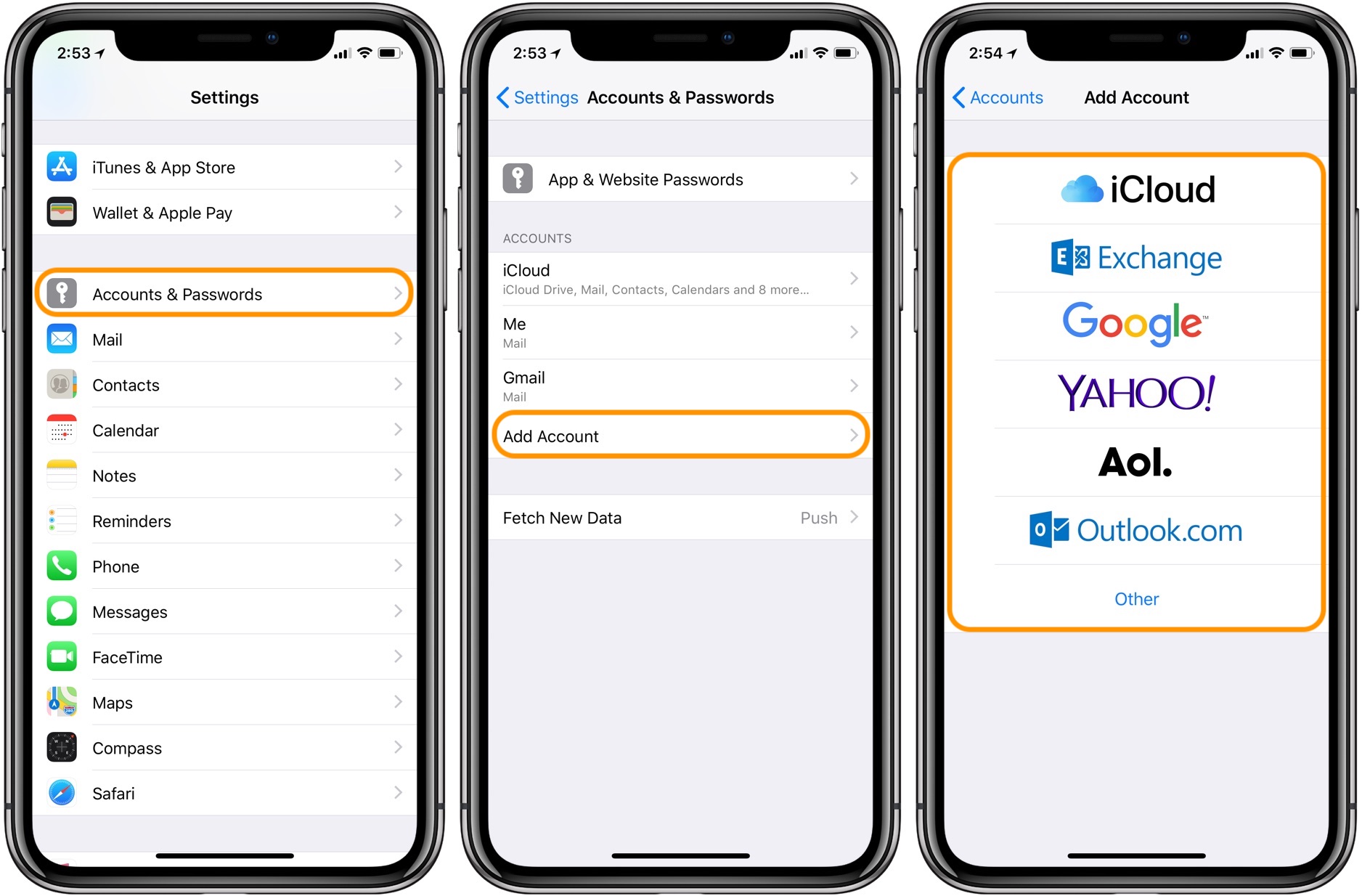Microsoft excel security notice enable macros, how to enable macros in powerpoint, how to enable macros in excel 2019, how to enable macros in excel online, how to enable java in edge, how to take a screenshot, how to screenshot on pc, how to clear cache in edge,
It is a well-known fact that cybersecurity is a critical issue that every company should take seriously, especially when it comes to Excel macros. With the increasing number of cyberattacks targeting Excel, knowing the ins and outs of Microsoft Excel macro security is essential to safeguarding your company's sensitive information.
The Basics
Before diving into the nitty-gritty of Microsoft Excel macro security, it is essential to know what macros are and how they work. Macros are mini-programs that automate repetitive tasks in Excel. They are written in the Visual Basic for Applications (VBA) programming language, which is built into Excel, and can be executed automatically or by clicking a button or keystroke.
Given that macros can automate repetitive tasks, they can save companies a significant amount of time and effort. However, they can also pose a significant security risk if not handled properly.
Macro Security Settings
Excel provides macro security settings to prevent malicious macros from running automatically and ensure that users are alerted when macros attempt to run. The security settings are as follows:
- Disable all macros without notification: This setting prevents all macros from running, even if they are from a trusted source.
- Disable all macros with notification: This setting disables all macros except those that have been signed with a trusted digital certificate or are in a trusted location. When a user attempts to run an unsigned macro, Excel will prompt them to enable macros.
- Enable all macros: As the name suggests, this setting enables all macros to run without any notification or prompting. This setting is not recommended as it leaves the computer vulnerable to malware.
It is essential to choose the right macro security setting depending on the level of security required. The recommended setting is "Disable all macros with notification" as it provides the best balance of security and functionality.
Digital Certificates
Digital certificates are issued by trusted third-party certificate authorities and are used to sign macros. By digitally signing a macro, a user guarantees the authenticity of the macro, allowing it to run even if macro security settings are set to the highest level.
While digitally signing macros adds an additional layer of security, it is not foolproof. Malicious actors can still obtain a valid digital certificate by impersonating a legitimate user or company. As such, users should still exercise caution when opening macros, even if they are digitally signed.
Trusted Locations
Trusted locations are folders or network locations that have been deemed safe by the user or administrator. Macros located in trusted locations are exempted from macro security checks, allowing them to run without prompting the user.
It is important to note that adding a folder to the trusted locations list does not guarantee its security. Malware can still be introduced through other means, such as social engineering tactics like phishing emails.
Conclusion
Microsoft Excel macro security is essential in today's cybersecurity landscape. By following best practices such as using the "Disable all macros with notification" setting, digitally signing macros, and adding trusted locations, companies can minimize the risk of a cyberattack. However, it is important to remember that no security measure is foolproof, and users should exercise caution when opening macros, even if they are from a trusted source.

Stay safe and vigilant in all your Excel endeavors!














